If you’re like me, turbulence doesn’t do anything to make flying more fun or comfortable. In fact, I have a slight fear of flying and turbulence makes it worse. Turns out, there’s a way you can see the chances of your flight being turbulent before you even get to the airport.
Turbulence Forecast
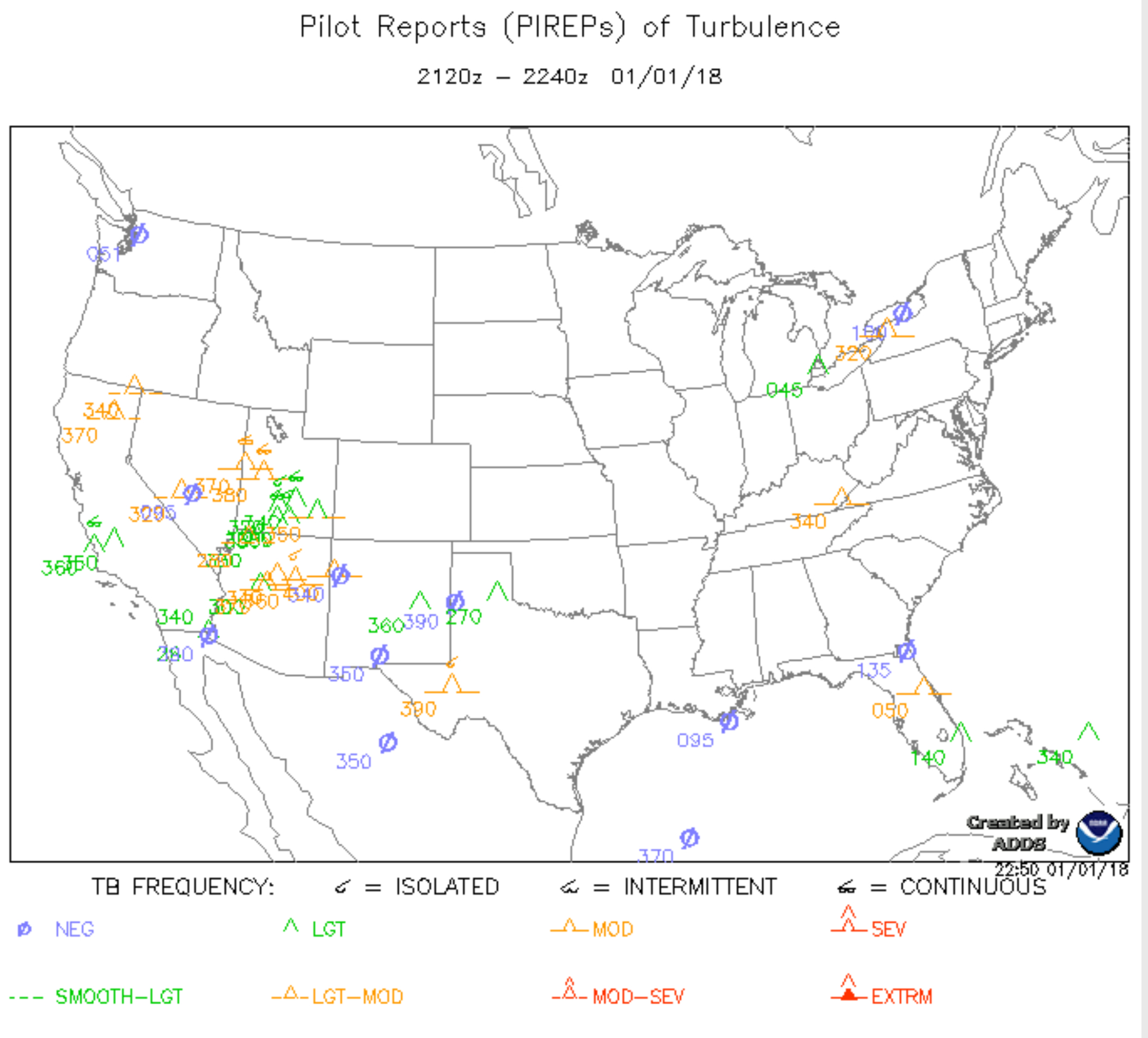
Turbulence Forecast is a great website that shows you both domestic and international turbulence PIREPs (or Pilot Reports) and potential nuisance areas based on weather, etc. PIREPs are going to be the most accurate in my opinion as they are reported in real time by aircraft flying through that specific area.
Pictured above is a sample PIREP for the continental United States. You’ll see a bunch of different symbols and numbers. The numbers indicate the altitude the reporting aircraft was flying at when the turbulence was reported. For example, moderate turbulence at “360” indicates rough air at 36,000 feet.
Note — Turbulence Forecast also has an app by the same name for your mobile device.
SOAR
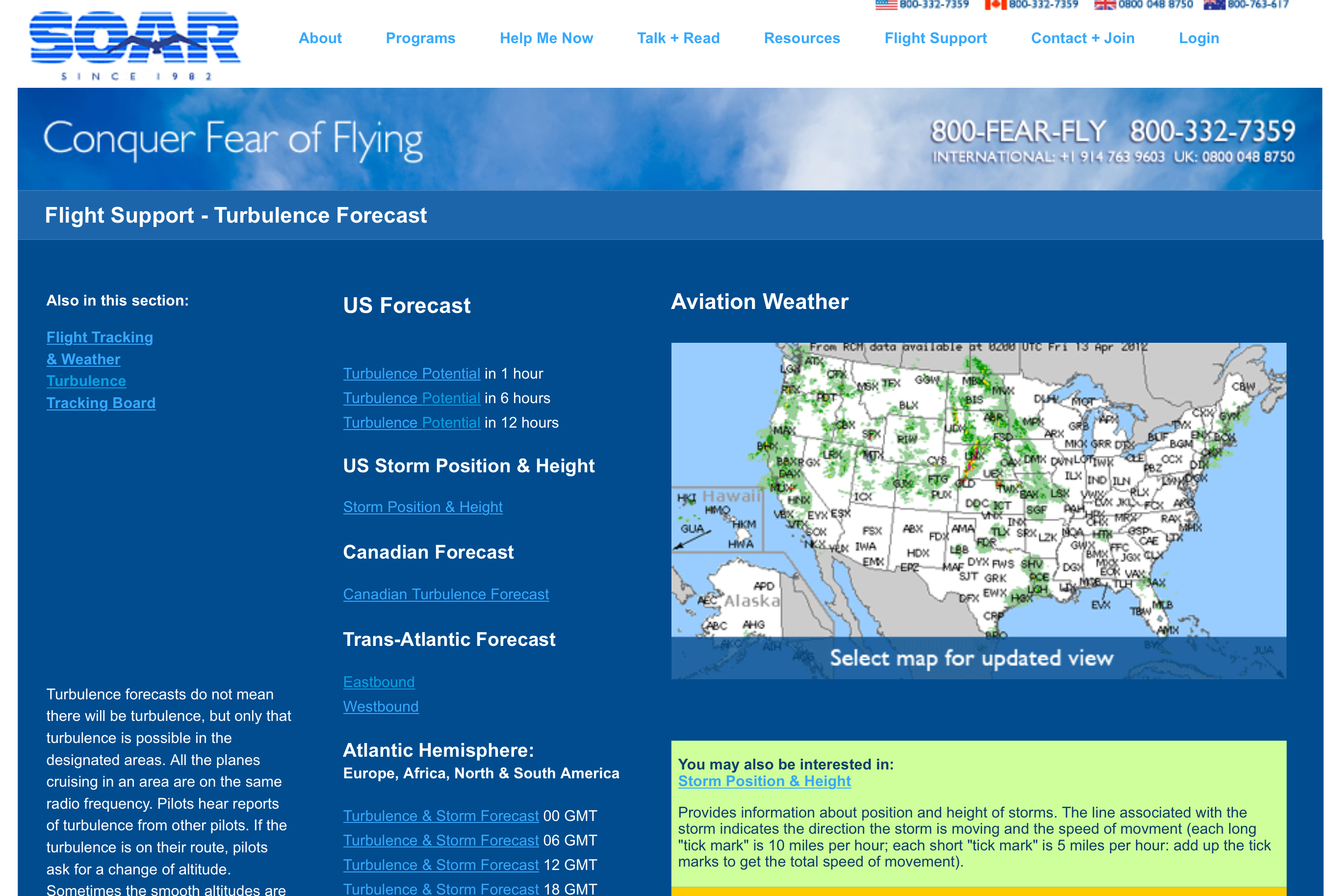
SOAR is a website dedicated to helping travelers get over their fear of flying. The linked page is really useful for forecasting turbulence and trouble spots in a multitude of locations such as the US, Canada, Trans-Atlantic, Europe, Africa, Asia, etc.
Also listed are facts about turbulence and how turbulence is not a safety issue for airplanes or pilots.
Bottom Line
Turbulence is unsettling and sometimes scary, no doubt. But pilots train hundreds and thousands of hours in all types of conditions to handle the turbulence and rough conditions.
In addition, airplane engineering is incredibly advanced and many of the situations airplanes are tested in are never experienced in commercial passenger flight.
How do you deal with turbulence?




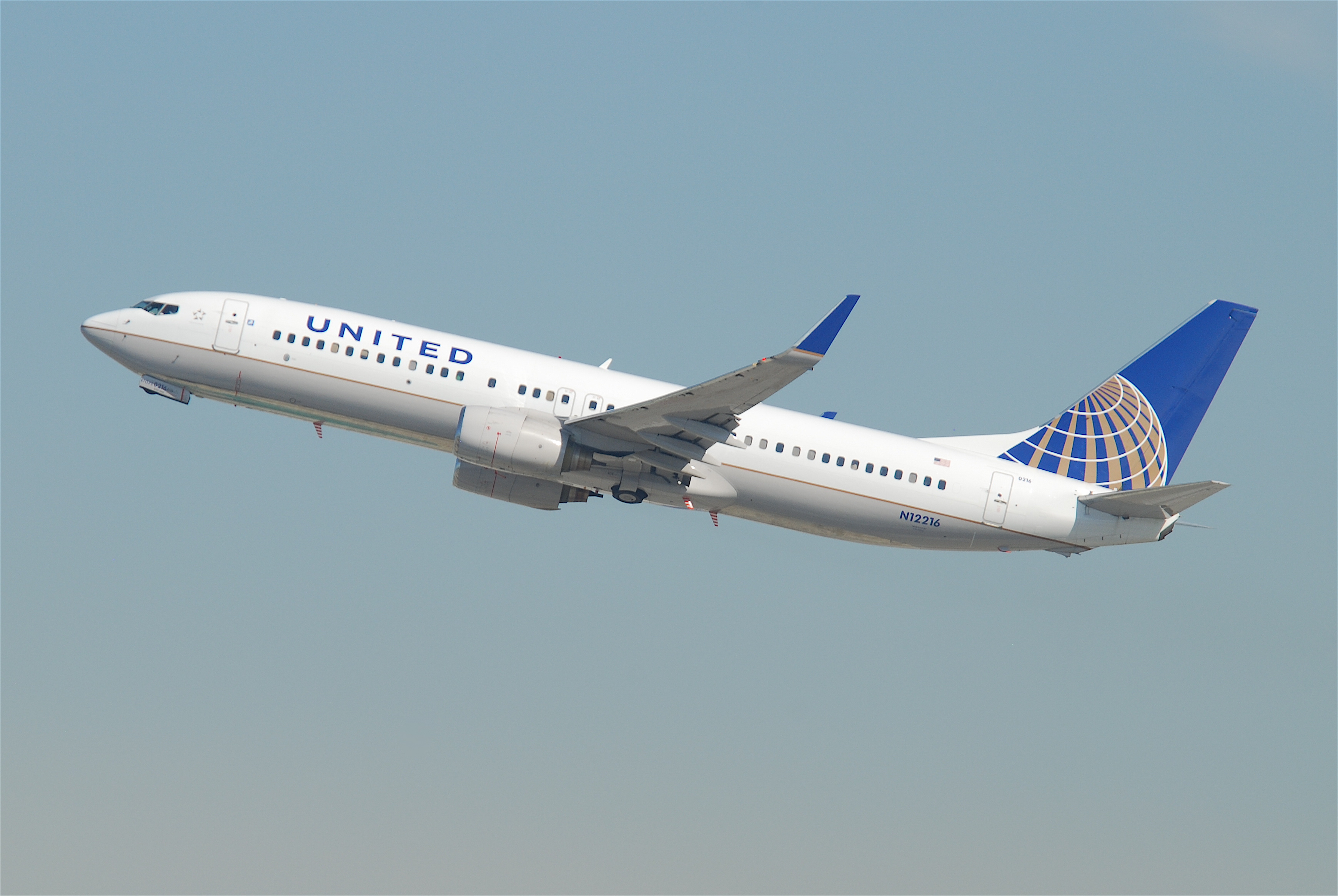
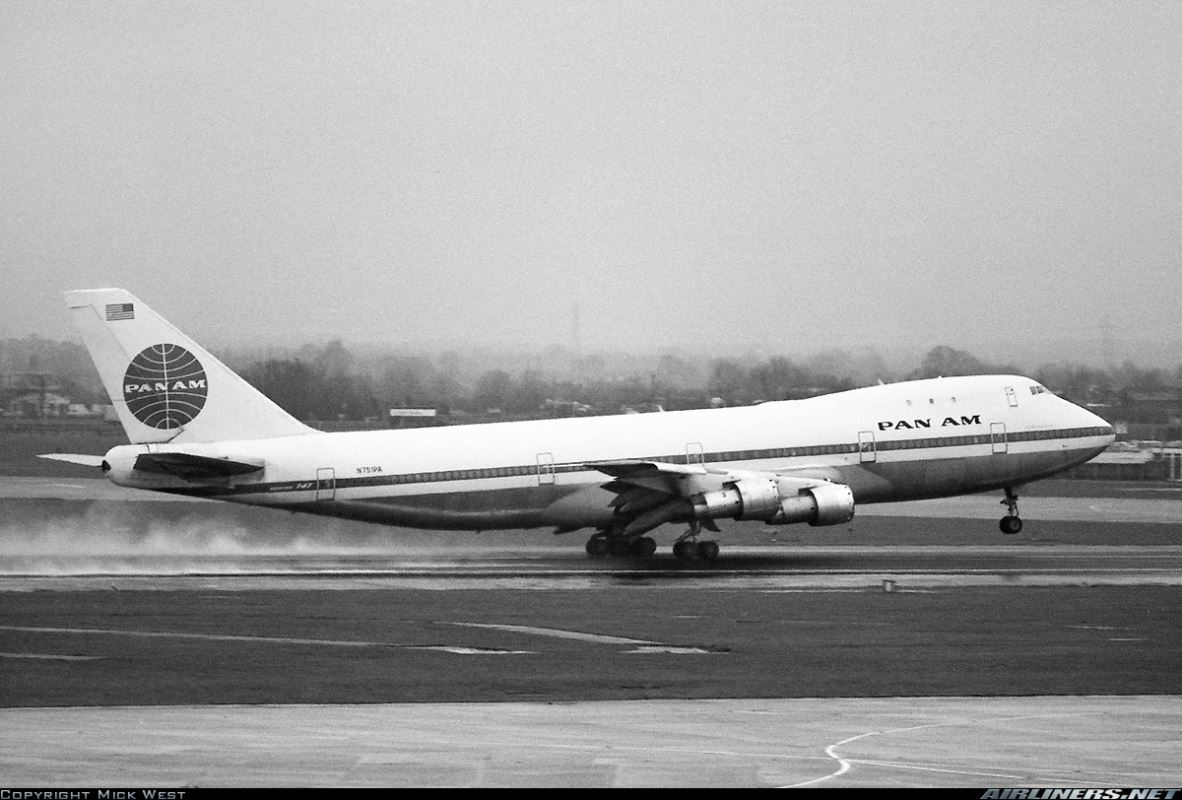





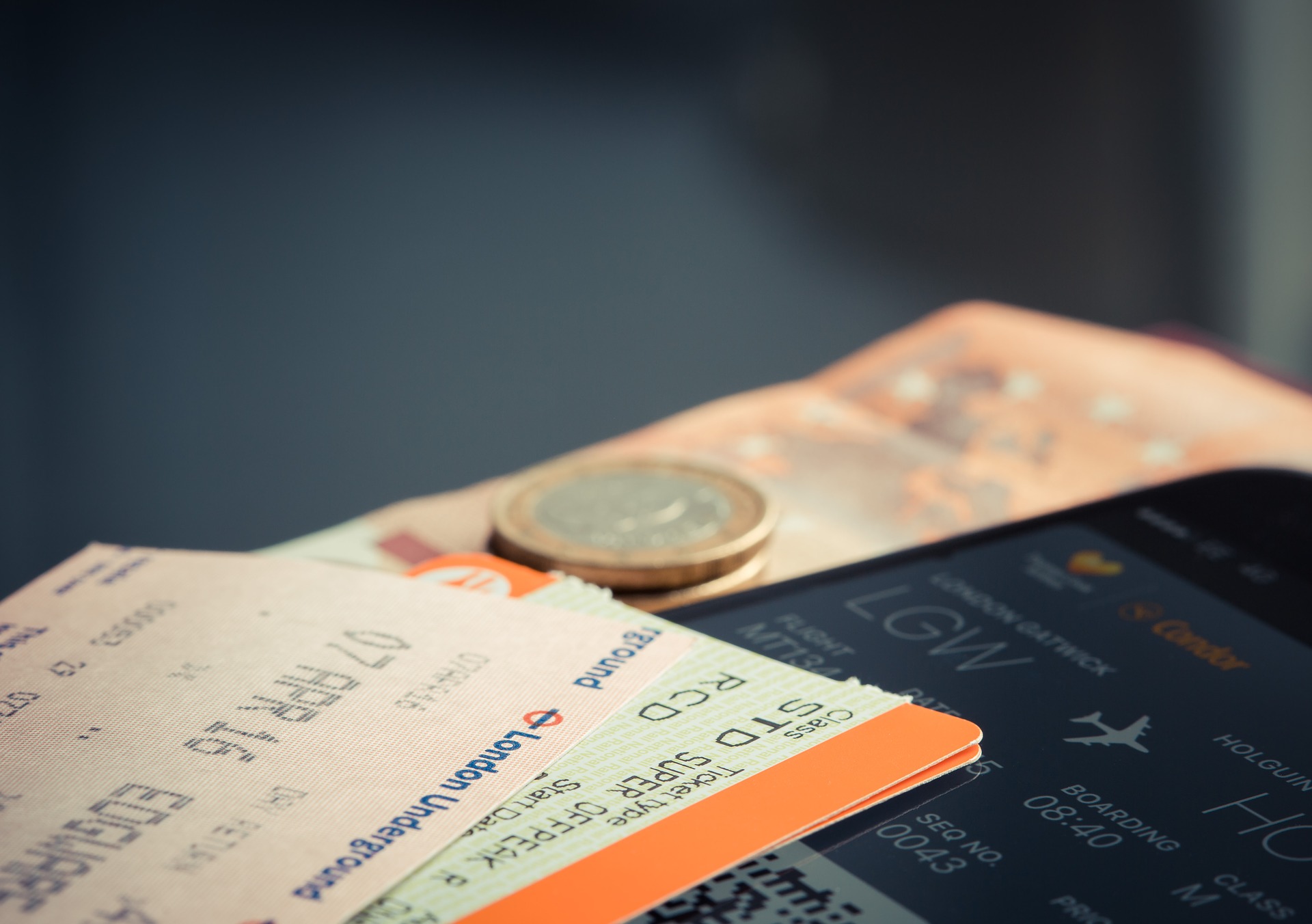
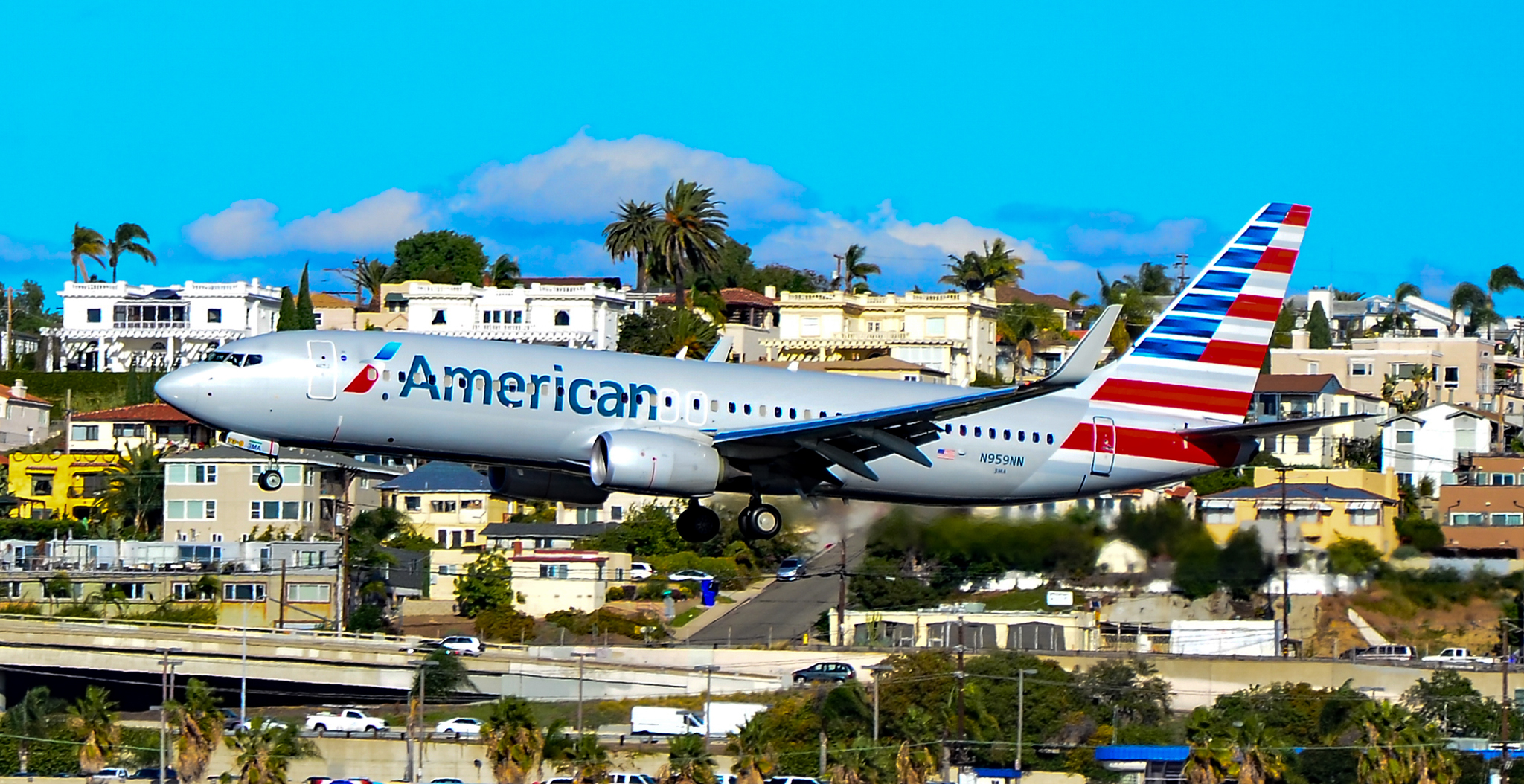
boardingarea.com:
Please stop with the screen-covering super-annoying popups/pop-overs.
drink